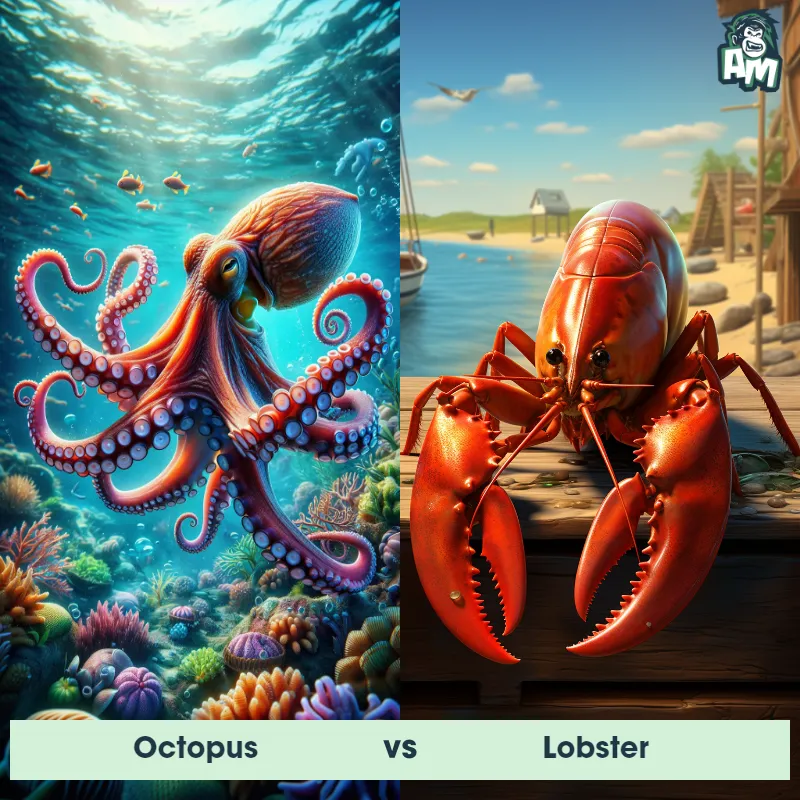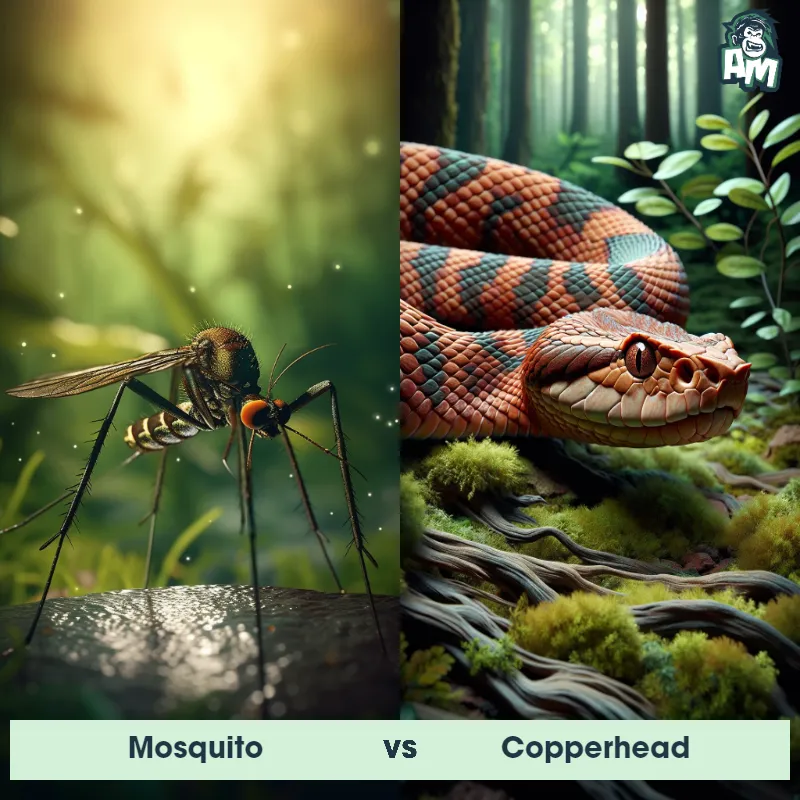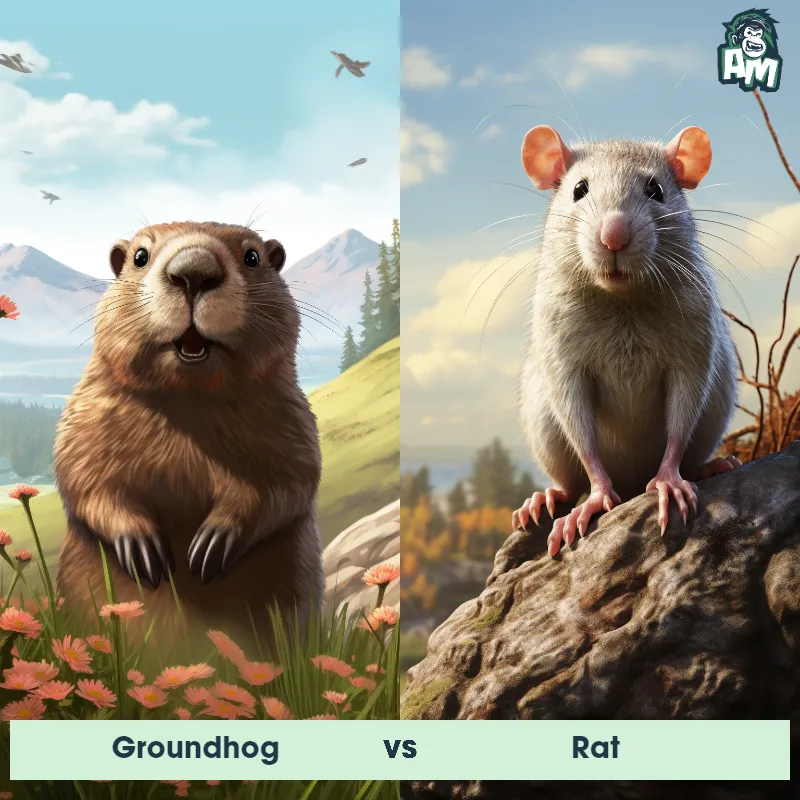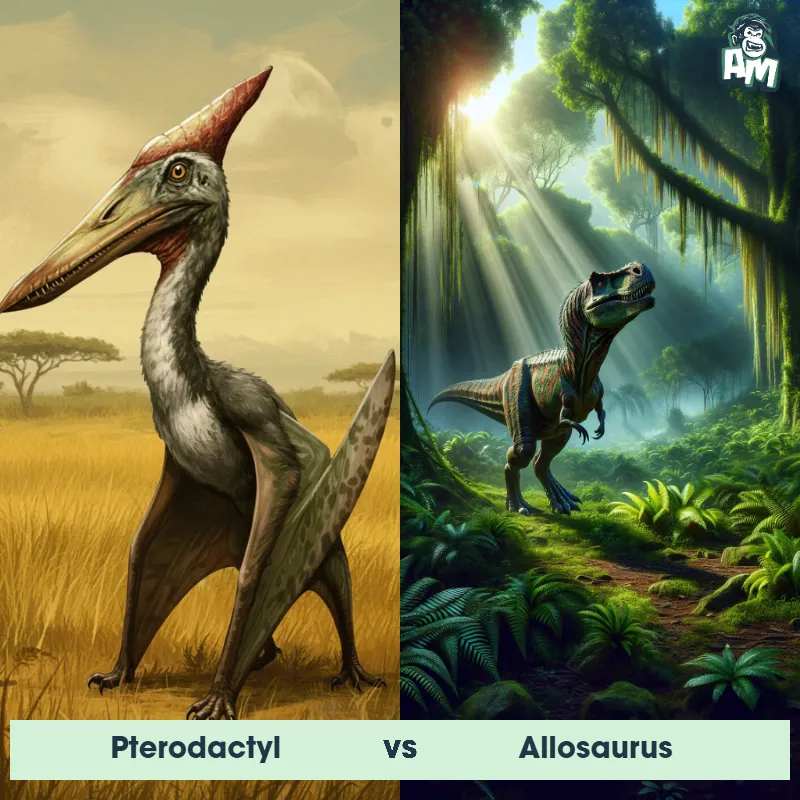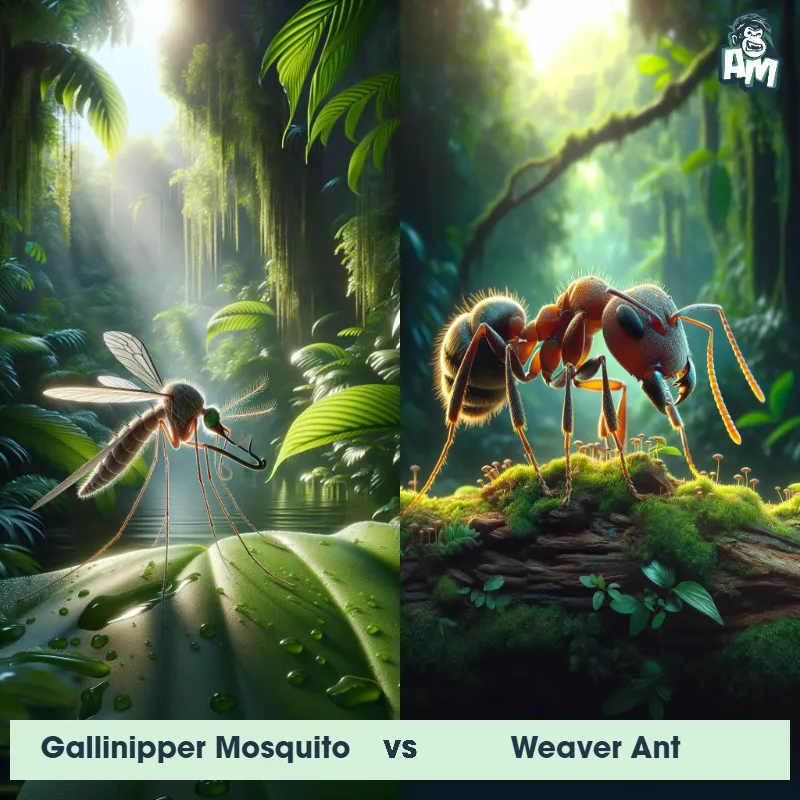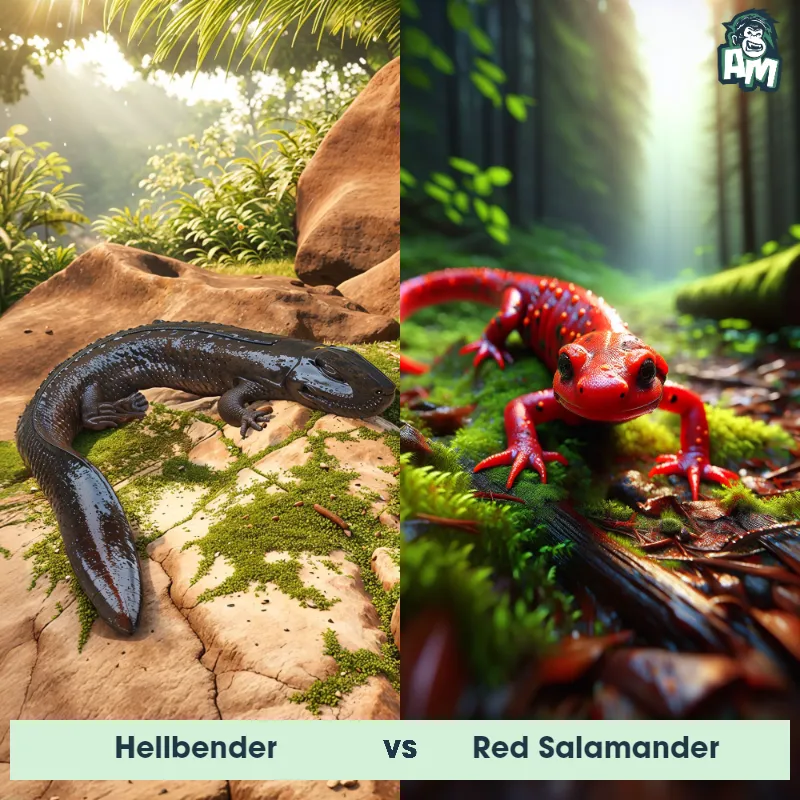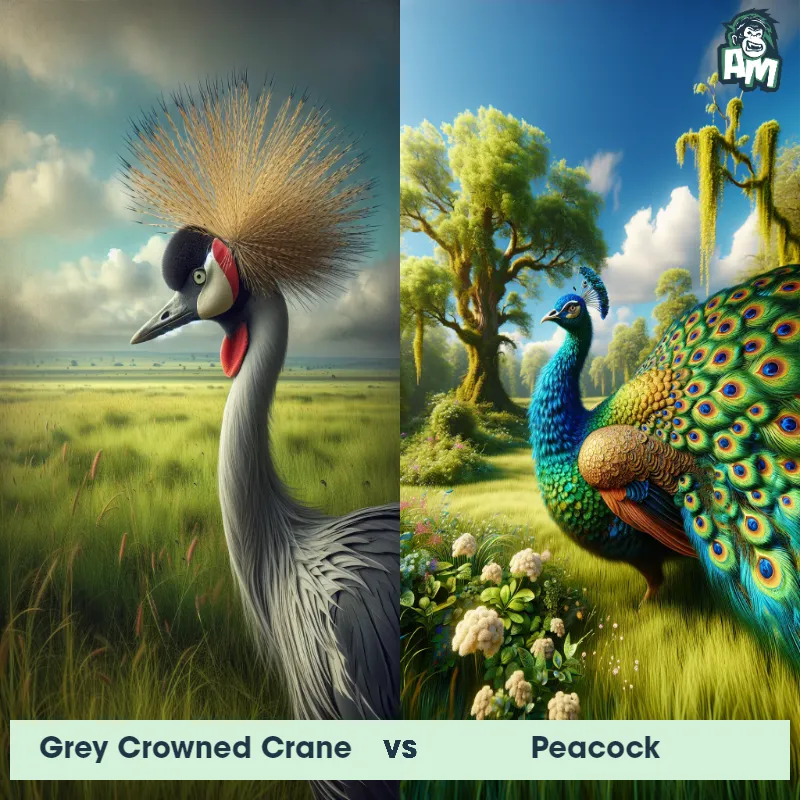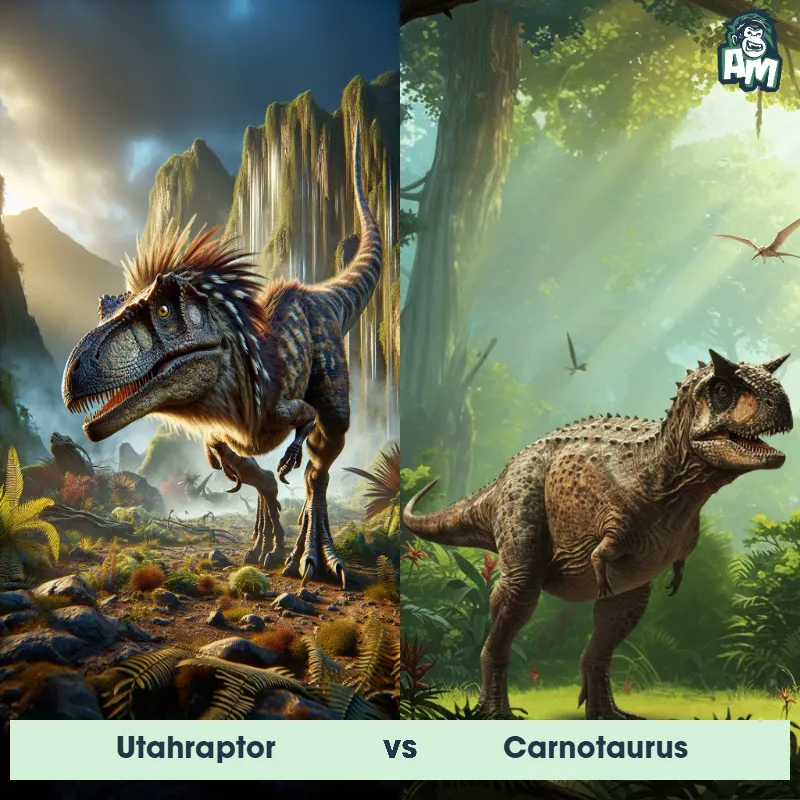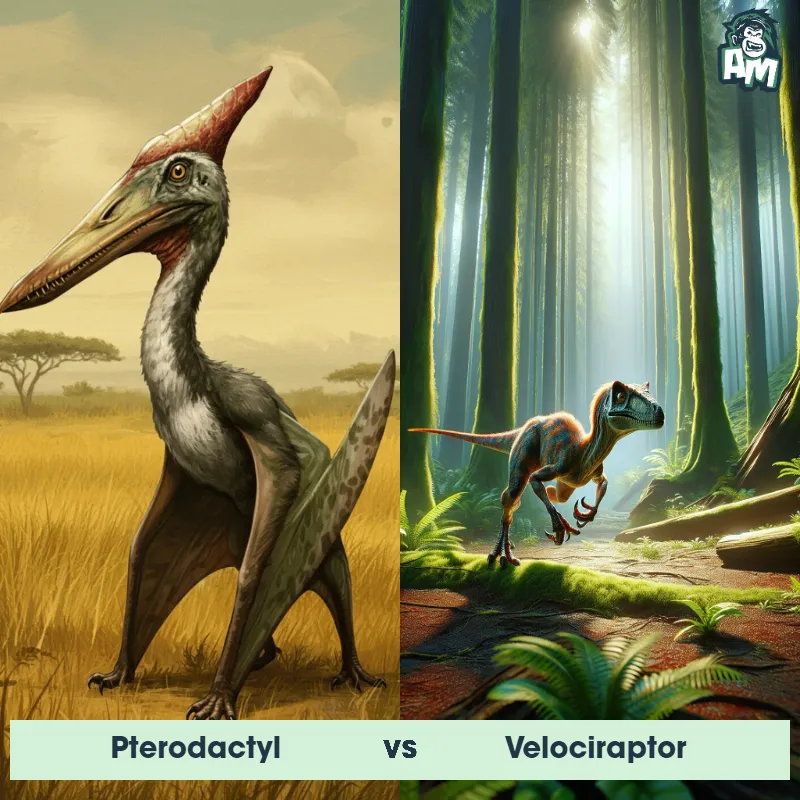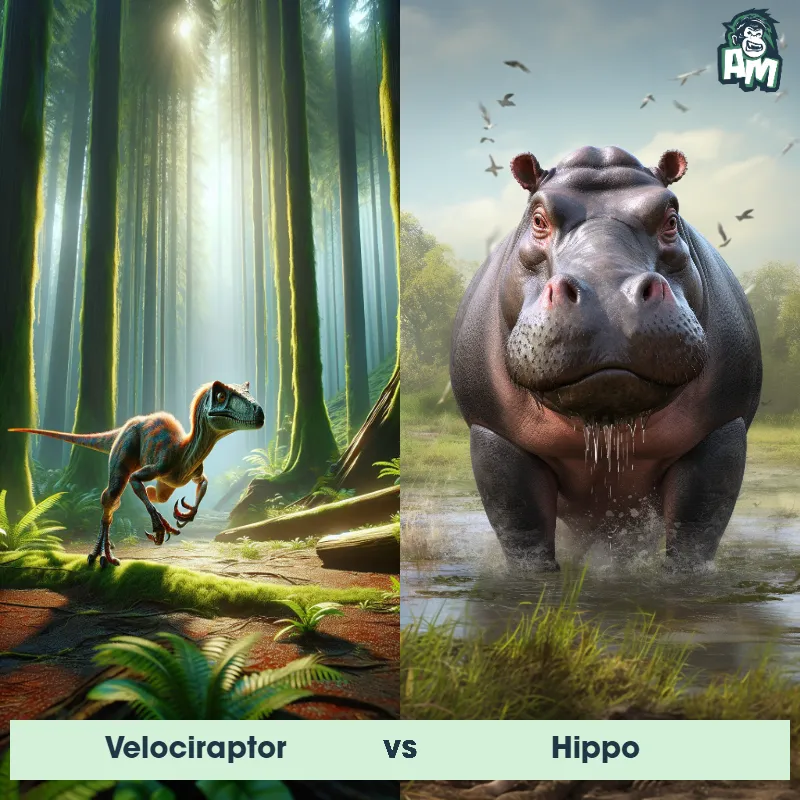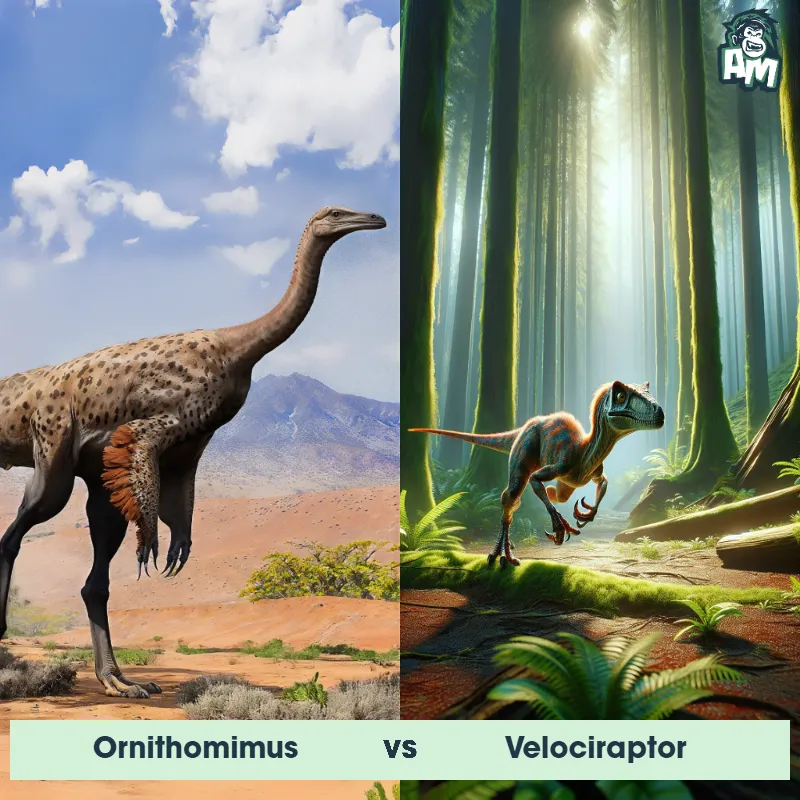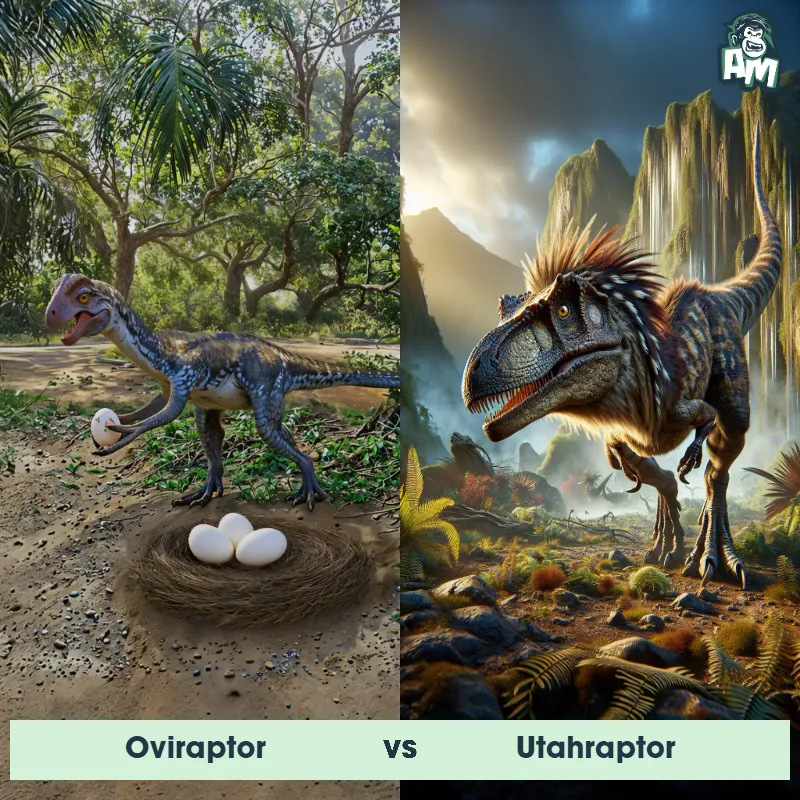Sinornithosaurus vs DromaeosaurusSee Who Wins
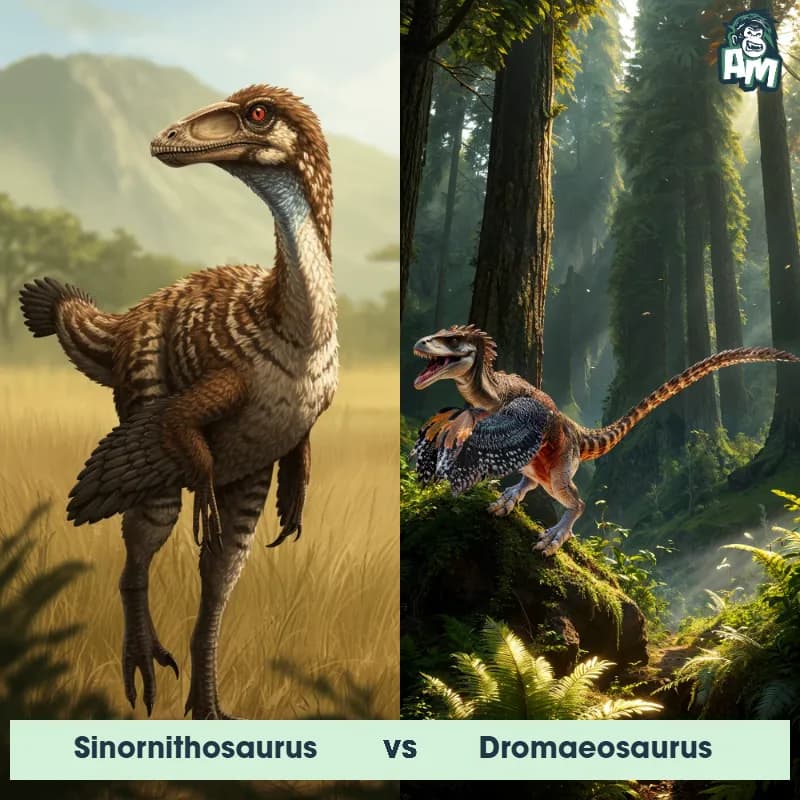
In the left corner, we have the feathered and swift predator, Sinornithosaurus, with its sharp claws and agile frame. In the right corner, the formidable Dromaeosaurus, known for its powerful jaws and relentless energy. This is set to be a thrilling encounter between these two ancient warriors!
Contender 1: Sinornithosaurus
The Sinornithosaurus, also known as the "Chinese bird lizard," is a small and agile dinosaur with a distinctive coat of feathers, sharp claws, and a long tail. This carnivorous creature roamed ancient forests around 130 million years ago, hunting for small animals and insects. With its bird-like features and dinosaur ancestry, Sinornithosaurus provides valuable insights into the evolution of feathered creatures.
Fun Fact: Sinornithosaurus had unique sickle-shaped claws on its second toes, similar to the famous Velociraptor, which it used to slash through prey or defend itself against predators.
Contender 2: Dromaeosaurus
Fun Fact:
Matchup Stats
| Sinornithosaurus | Dromaeosaurus | |
|---|---|---|
| Size | 3 feet (0.9 meters) | Around 6 feet (1.8 meters) in length |
| Weight | 5 pounds (2.3 kilograms) | Approximately 150 pounds (68 kilograms) |
| Speed | 30mph (48km/h) | 30mph (48km/h) |
| Key Strength | Agility and sharp claws | Speed and agility |
| Biggest Weakness | Size and potential lack of strength | Size and strength |
Current Votes
Sinornithosaurus vs Dromaeosaurus
See Who Wins
View More Matches
Looking For More?
Similar Matches
Scientific Stats
| Sinornithosaurus | Dromaeosaurus | |
|---|---|---|
| Scientific Name | Sinornithosaurus | Dromaeosaurus |
| Family | Dromaeosauridae | Dromaeosauridae |
| Habitat | Ancient forests | Terrestrial |
| Geography | China | North America |
| Diet | Carnivorous, hunting small animals and insects | Carnivorous |
| Lifespan | 8 years - 10 years | 10 years - 15 years |
Key Differences between Sinornithosaurus and Dromaeosaurus
- Feathers: Sinornithosaurus had evidence of a feathered body, whereas Dromaeosaurus likely had feathers, but their presence was less distinctly documented in fossil evidence.
- Teeth: Sinornithosaurus exhibited longer, slender teeth, while Dromaeosaurus had larger, more robust teeth with serrations.
- Claw Design: Sinornithosaurus possessed a large, retractable sickle-shaped claw on the second toe, similar to Dromaeosaurus, but it was proportionally larger in Dromaeosaurus.
- Limb Proportions: Sinornithosaurus had relatively longer arms compared to its body size, while Dromaeosaurus had shorter arms in relation to its overall body size.
- Size: Sinornithosaurus was smaller with an estimated length of about 3 feet, while Dromaeosaurus reached lengths of approximately 6 feet.
- Skull Shape: Sinornithosaurus had a more elongated and flatter skull, in contrast to the deeper and more robust skull structure of Dromaeosaurus.



